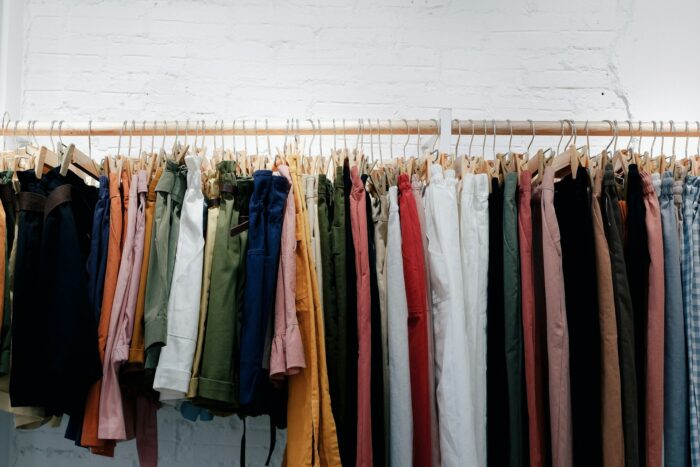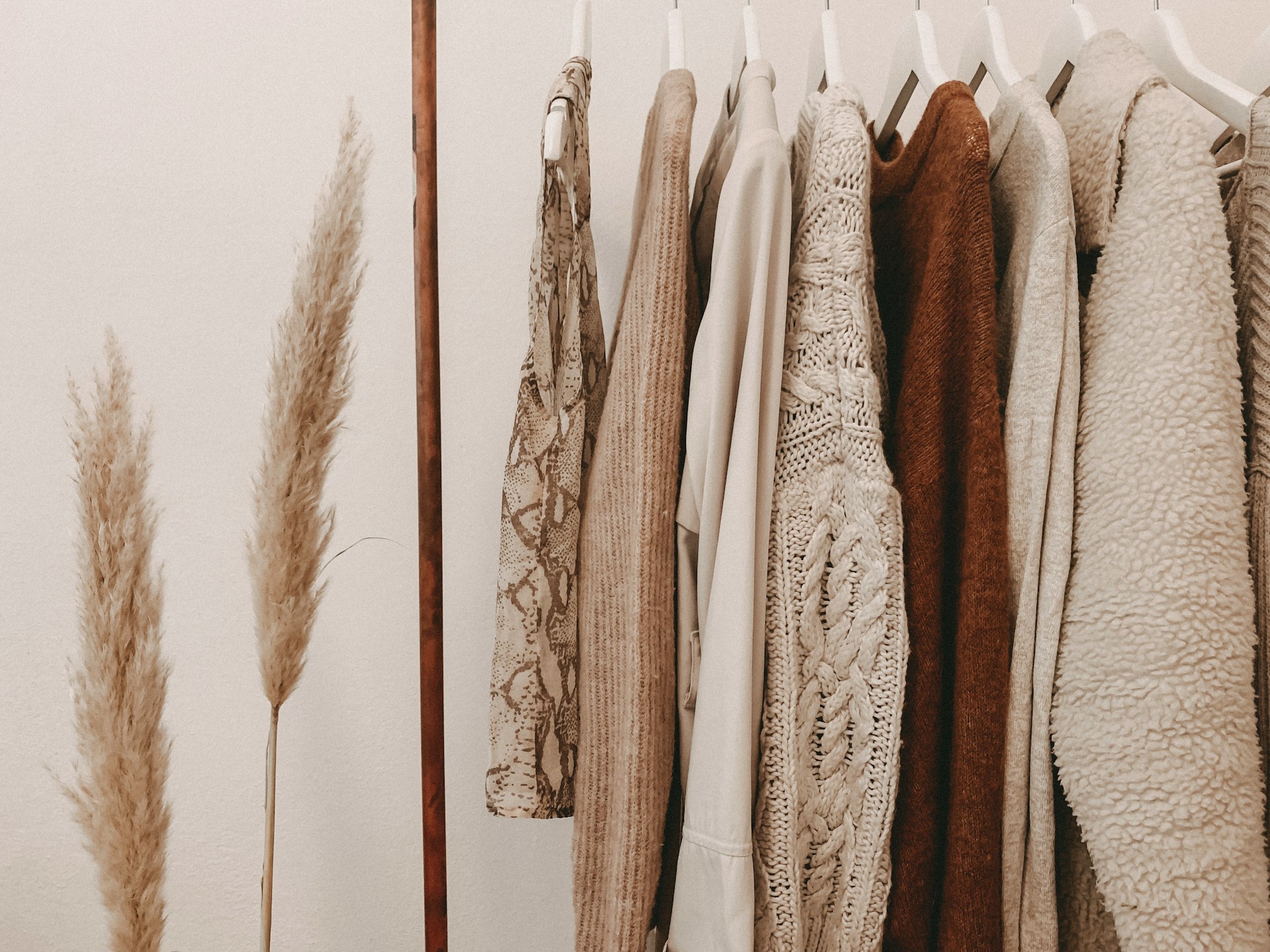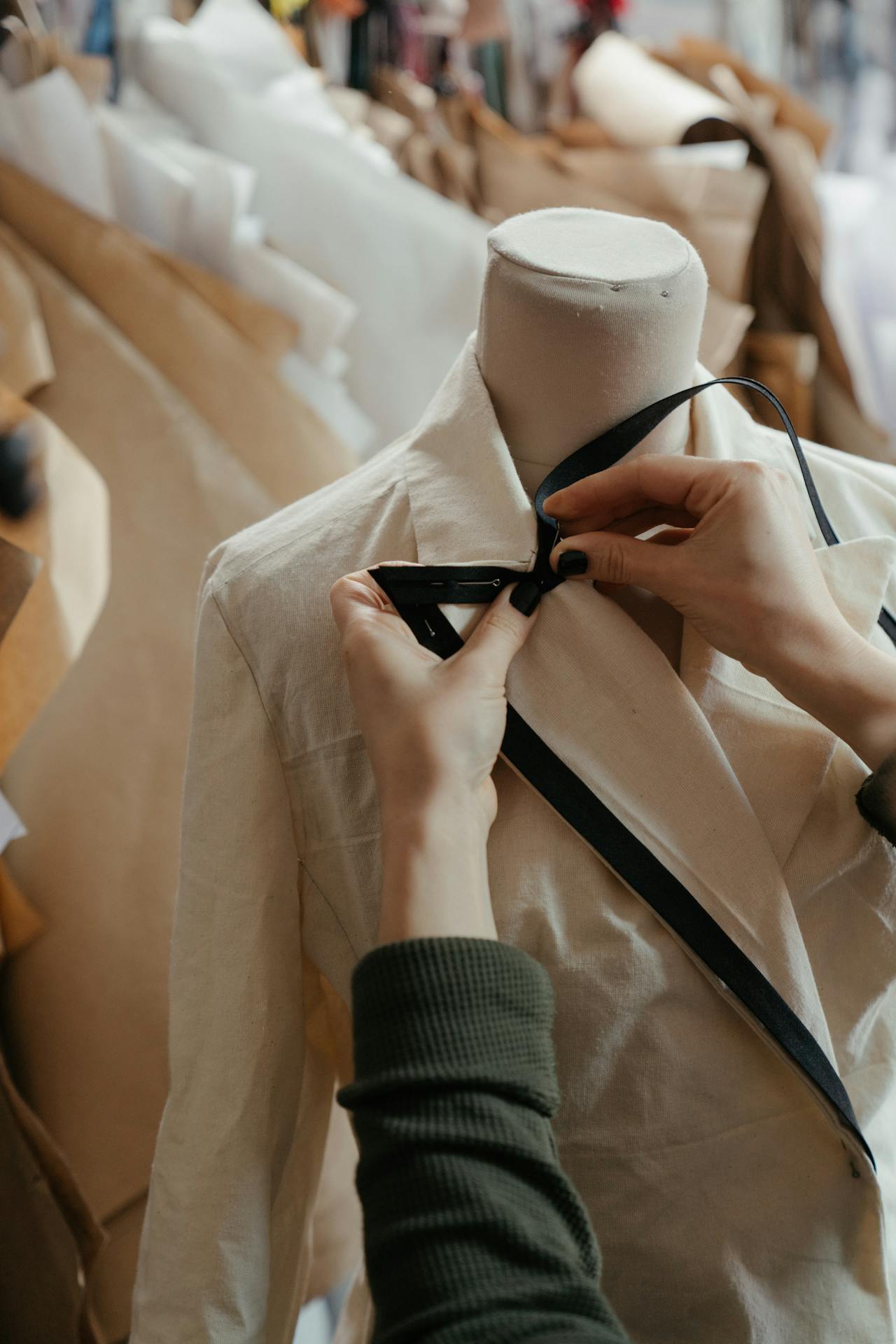Some people swear by fast fashion because it scratches the itch. You see a trend, you click “add to cart,” and two days later it’s hanging in your wardrobe with the tags already starting to fray. But that rush fades quickly, and all you’re left with is a heap of poorly made clothes that shrink weirdly or unravel by next week. It’s the sartorial version of junk food—quick, easy, and ultimately disappointing. At a certain point, you realize your wardrobe isn’t serving you. It’s draining you. That’s when the lightbulb flicks on: if you stop buying for the high and start buying for the long haul, your entire relationship with clothing shifts.

Photo by Fujiphilm
It’s not about becoming a minimalist or going full capsule wardrobe. It’s about buying like you mean it. When you treat your wardrobe like an investment—one that should earn its keep and look better with age—you start to expect more. You buy less often, but you buy better. You might cry once when you see the price tag, but you’ll never cry again because your shirt basically disintegrated after two washes.
The Cost Per Wear Reality Check
Let’s talk numbers without getting too finance-bro about it. That £15 sweater from a random online shop might look like a steal, but if it starts piling in three wears and gets donated by next season, what did you actually get out of it? Now stack that against a £300 sweater that’s still in heavy rotation five years later and hasn’t lost shape or style. Per wear, the expensive one probably comes out cheaper—and far more satisfying to put on.
There’s a psychological shift when you own something made with care. You treat it differently. You stop throwing it over a chair or leaving it to die at the bottom of your wardrobe. You hang it properly. You may even steam it. Suddenly, getting dressed feels like a ritual instead of a scramble. Your clothes become part of your identity instead of random fabric with armholes.
And when you do splurge—when you finally buy those designer clothes you’ve been eyeing for years—it’s not just about labels. It’s about construction. It’s about fit. It’s about that click you feel when something fits like it was made for you. Fast fashion mimics, but it doesn’t replicate. If you’ve ever compared a well-made jacket to one of its cheaper knockoffs, you know that once you go quality, you can’t unsee it.
Buy Less, But Love Every Piece
There’s something satisfying about having fewer clothes but loving each one. It’s a quiet kind of confidence, knowing you don’t need a wardrobe bursting at the seams to dress well. When you stop impulse-buying the same white shirt five times in slightly different cuts, you make room for things that actually feel like you. The goal isn’t more. It’s better.
You also start to develop your style, rather than just reacting to trends like a digital magpie. When every piece in your wardrobe is something you deliberately chose—because it flatters you, fits your life, and will hold up for years—it takes the stress out of dressing. There’s no more decision fatigue. No more trying on five outfits and hating them all. Just solid pieces that work.
This mindset also makes shopping feel less like a chore and more like a hunt. You’re not out there grabbing whatever’s on the mannequin. You’re building something. You’re editing. You’re investing in how you move through the world.

Photo by Alyssa Strohmann
The Ripple Effect of Quality
When your wardrobe is filled with things that fit well, feel good, and won’t fall apart, something interesting happens. You start caring more. You stop reaching for the stretched-out sweatpants and start wearing real pants, even on errand days. You feel better because you look better—not for anyone else, but for yourself. There’s dignity in that.
And it’s not just about appearance. Good materials breathe better. Natural fibers hold up longer. Tailored pieces sit on your body in ways that make you feel more at ease, not less. That quiet ease shows up everywhere. In how you sit. In how you walk. In how you show up to dinner, even if dinner is just takeout and a candle lit for no reason.
A quality wardrobe also transitions seamlessly. You’re not panicking before an event or a last-minute meeting because you already own the right things. The jacket that elevates your jeans. The black dress that somehow works for brunch, funerals, and gallery openings. The boots that pull together everything. Outfits for every occasion don’t come from overstuffed drawers. They come from owning things that were actually built to go the distance.
Fast Fashion Is a Scam
Let’s just call it what it is. The whole fast fashion machine runs on the idea that you’ll keep buying more because you’re never satisfied. The clothes aren’t made to last. They’re barely made to function. And behind the scenes, it’s a mess—environmentally, ethically, and economically. You get the dopamine rush, and then you’re right back at square one.
It’s not about guilt-tripping anyone out of a cute £10 tank top. But when you start thinking about your wardrobe as something that’s meant to evolve with you, not just react to trends, those disposable pieces start to feel like clutter. You realize that spending more upfront is actually a way of opting out. You’re not throwing money away. You’re reclaiming it.
It also keeps you from constantly shopping. When you’ve already got the jacket, the bag, the boots—you don’t need to fill a void every time your algorithm suggests a new trend. You can admire it, skip it, and still feel great in what you’re wearing.

Photo by Sarah Brown
Clothes That Tell the Right Story
The best wardrobes aren’t stuffed full of random stuff. They’re intentional. They tell people who you are without you having to say anything. Maybe it’s a vintage watch from your dad, or the blazer you wore to every job interview that eventually got you promoted. Maybe it’s a pair of loafers you had resoled twice because you’re not ready to give them up. That kind of wardrobe has a history. It has a soul.
Style doesn’t come from following a mood board. It comes from knowing yourself, and from letting your wardrobe reflect that. You won’t get that from a haul of cheap basics or a pile of one-wear party dresses. You get it from buying fewer, better pieces that you actually want to wear. Every time you do, you’re investing in your own story. And that’s worth a little sticker shock.

Photo by cottonbro studio
Worth Every Penny
No one ever said this was going to be the cheap route. But if you’re tired of wardrobes full of nothing to wear, the answer isn’t more. It’s better. Buy the thing that makes your gut clench a little because it costs more than your old rent—then wear it until it feels like a second skin. Take care of your things. Repair them. Get them tailored. Make them yours.
You’ll cry once, maybe. But then you’ll walk a little taller. You’ll get dressed without hating everything you own. And you’ll start to look like someone who doesn’t just follow trends—but someone who lives in their clothes.










